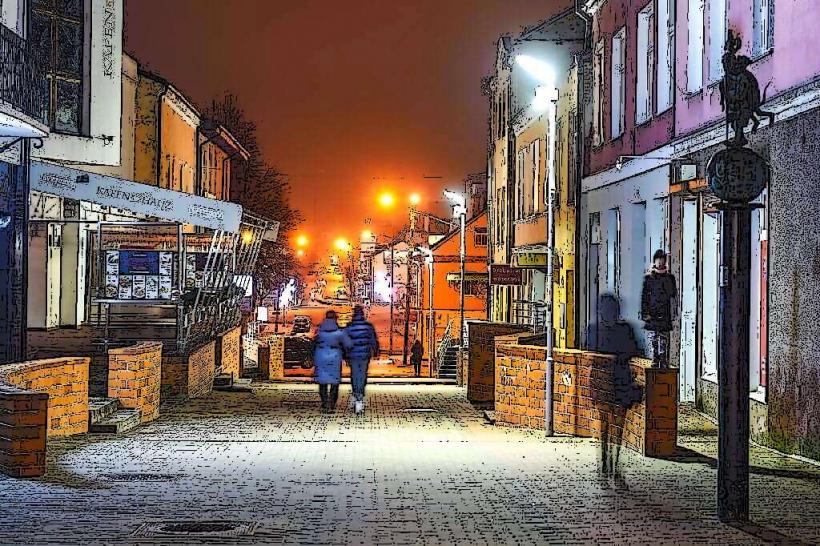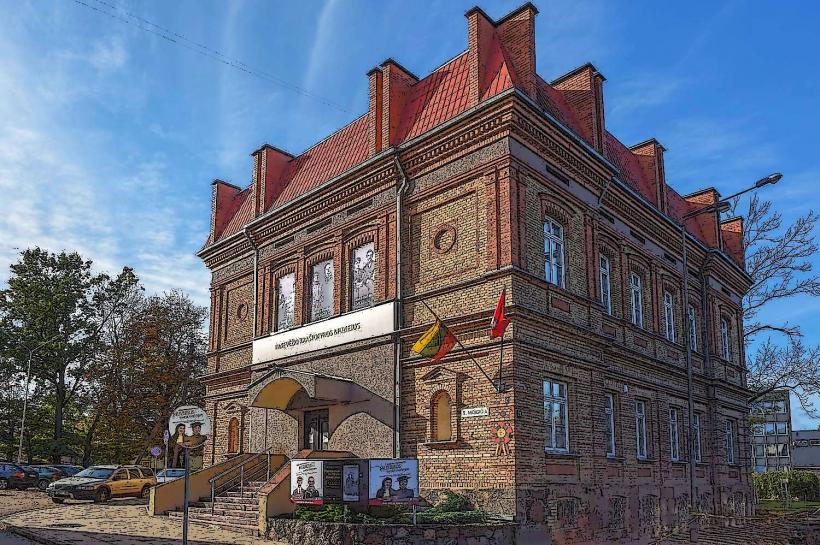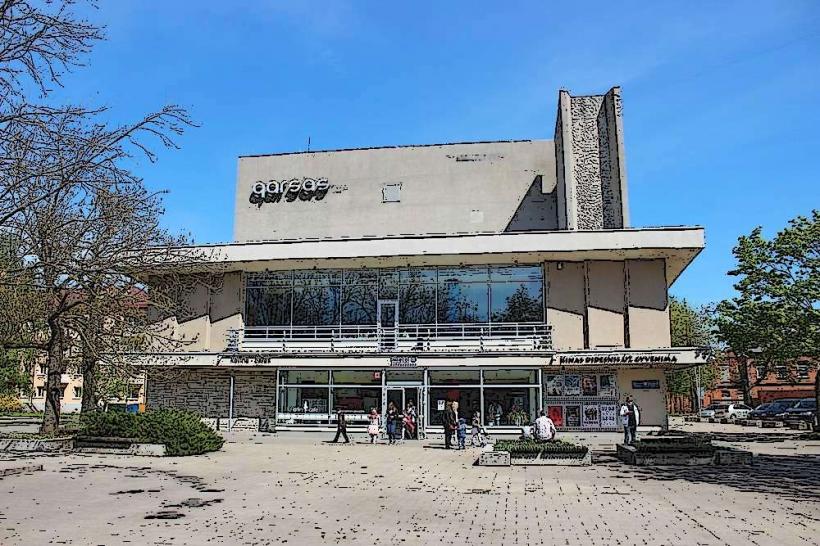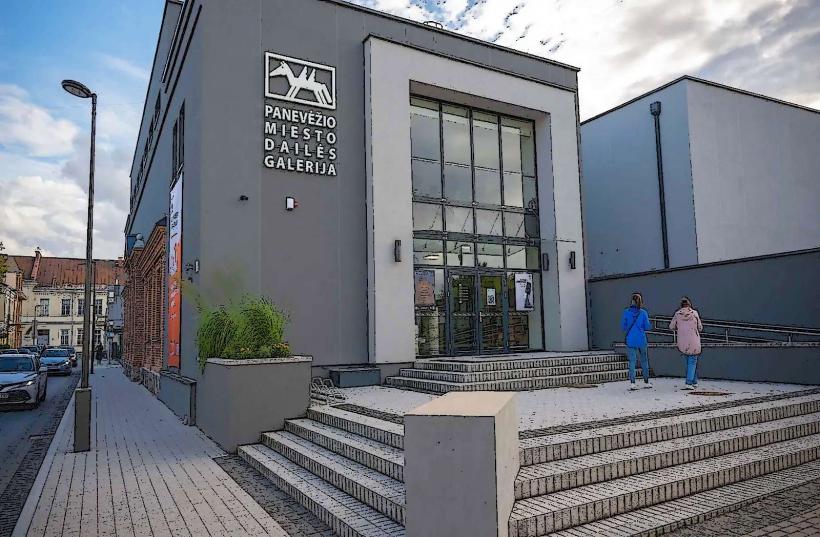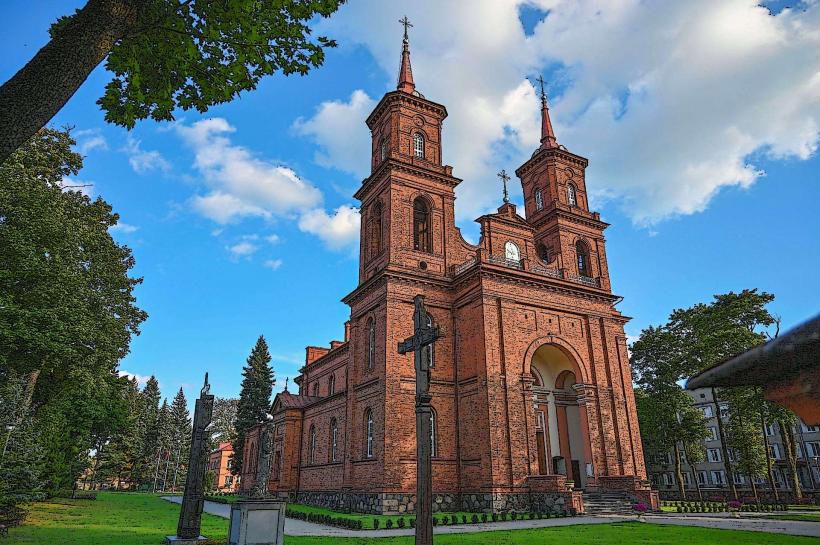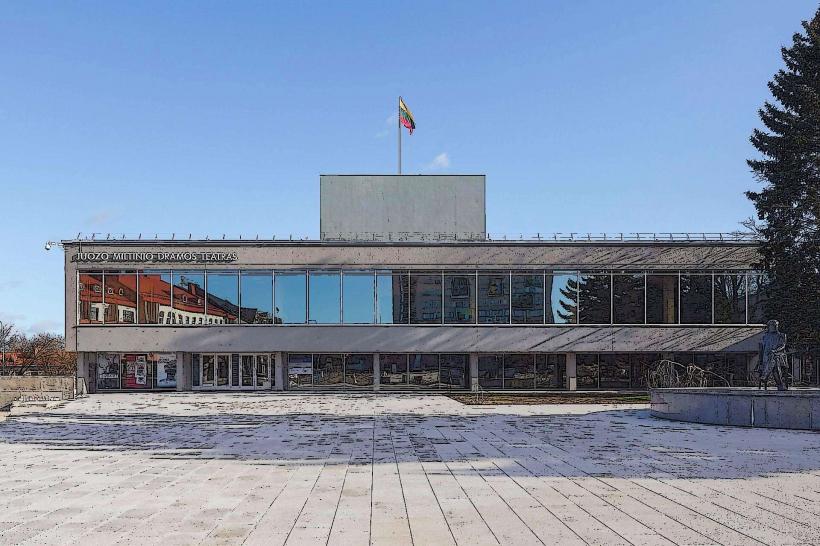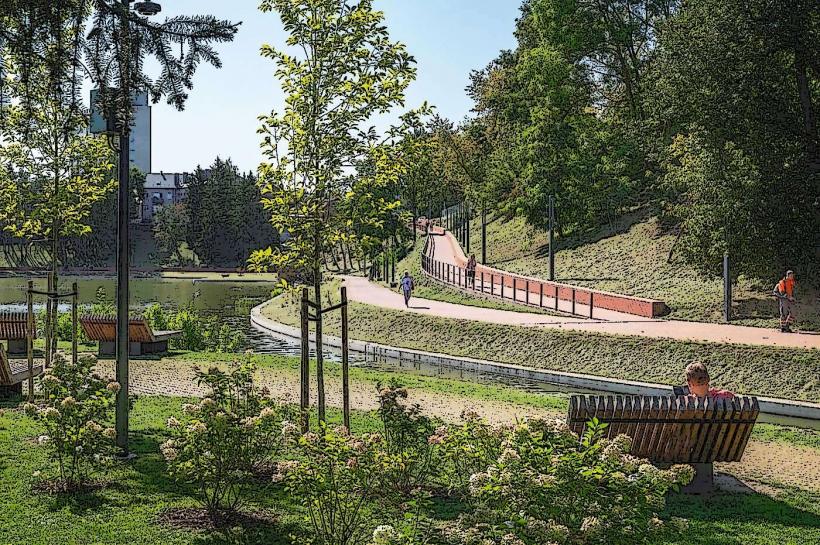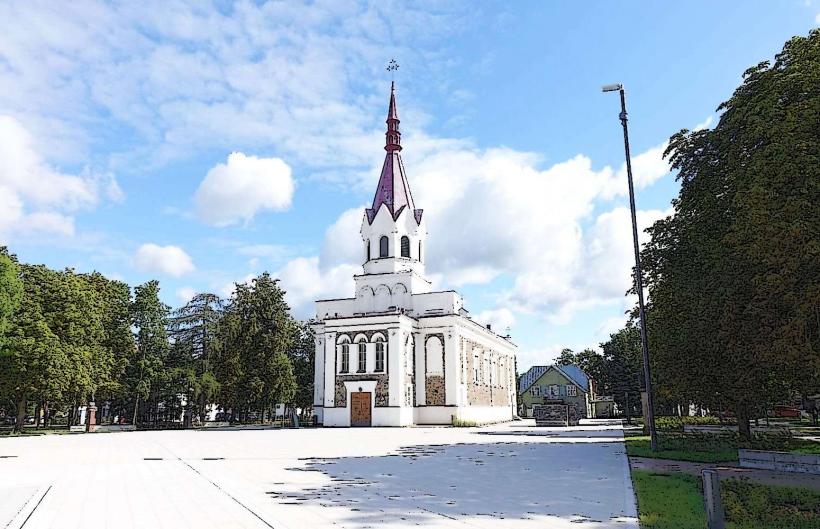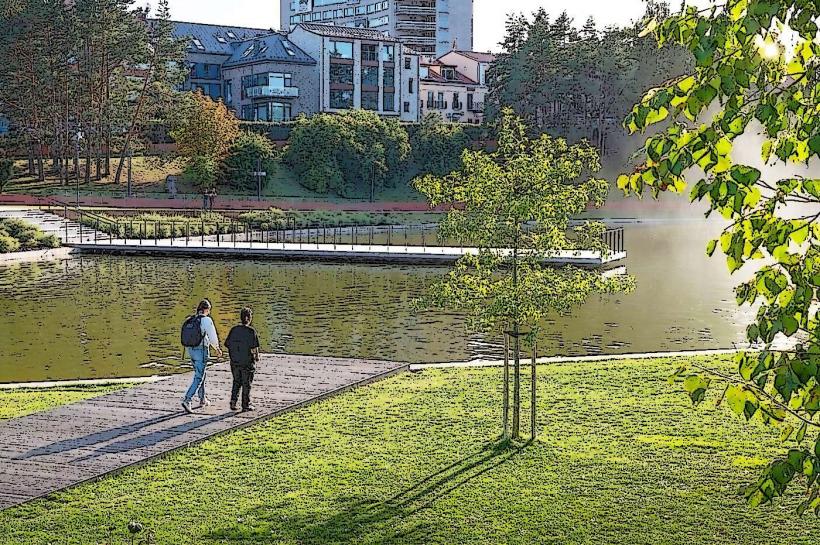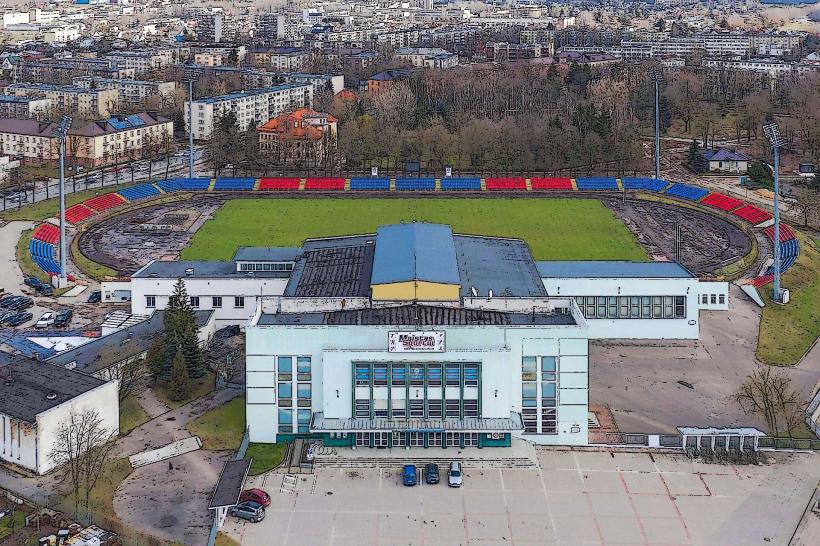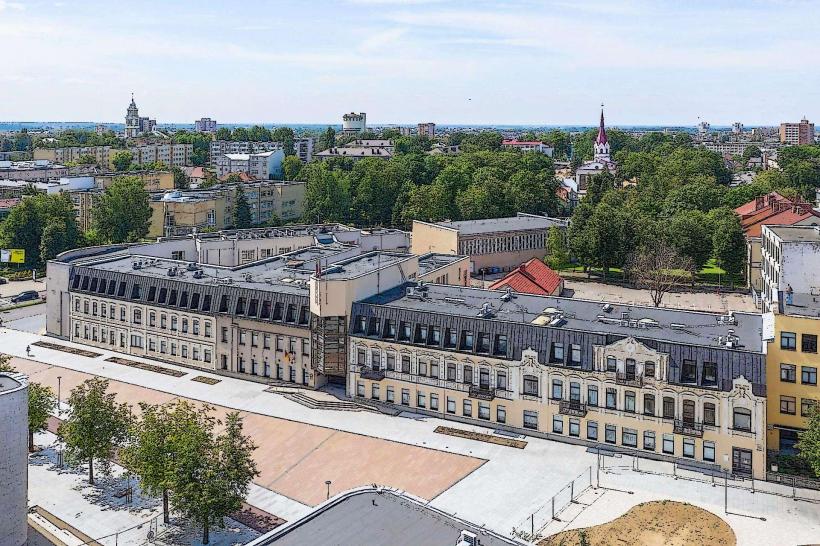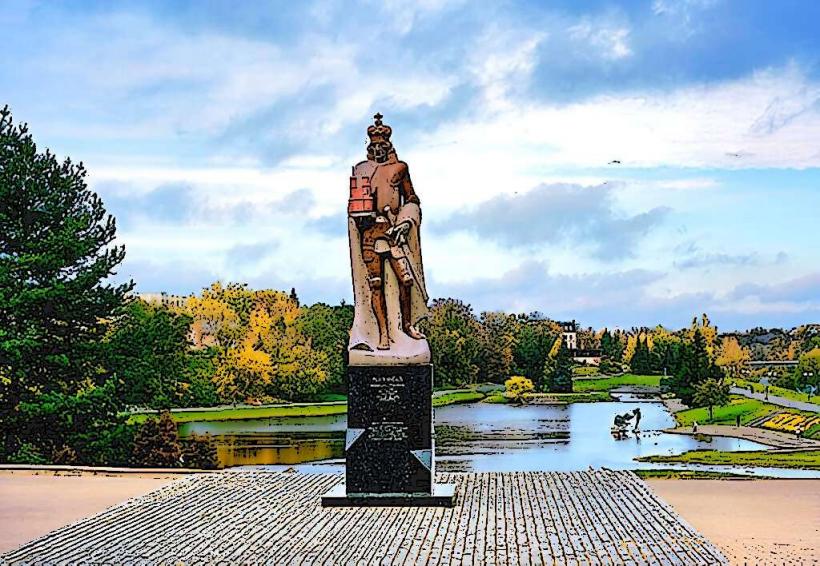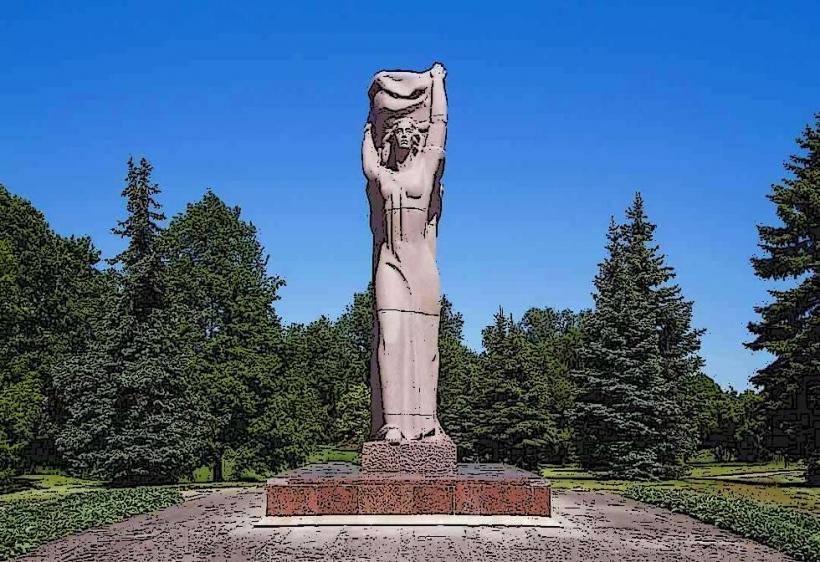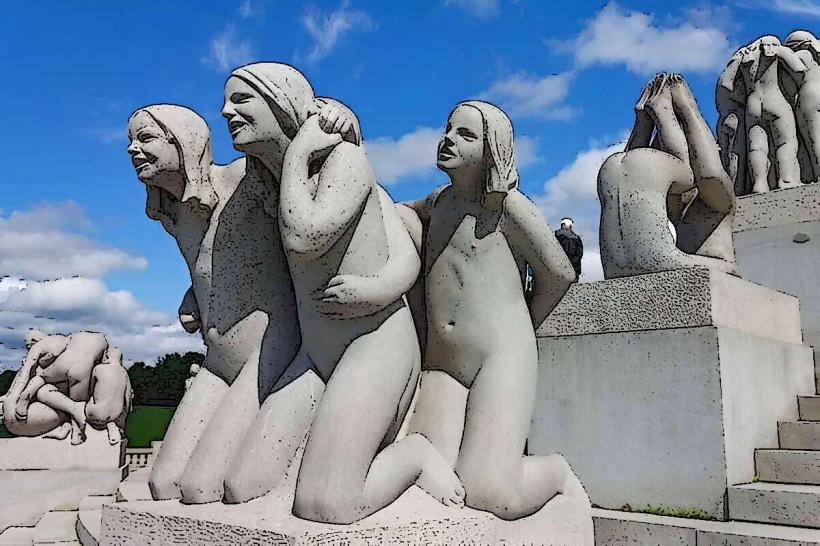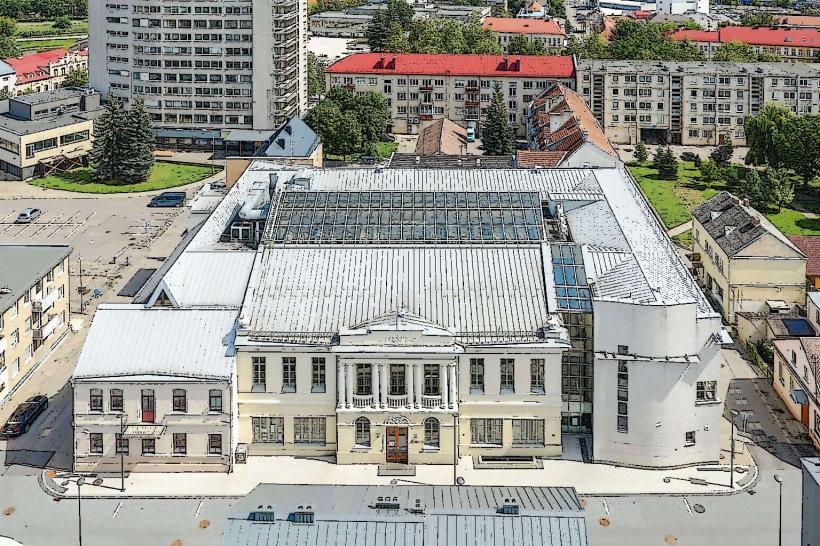Information
Landmark: Panevėžys Railway MuseumCity: Panevezys
Country: Lithuania
Continent: Europe
The Panevėžys Railway Museum (Panevėžio geležinkelio muziejus) is a fascinating cultural institution in Panevėžys, Lithuania, dedicated to preserving and showcasing the history of the country’s railway system. It offers a unique insight into the development of transportation in Lithuania, focusing on the railways’ role in shaping the country’s economy, culture, and history.
History and Significance
Establishment: The Panevėžys Railway Museum was established to commemorate the vital role of the railway in the region and to preserve the legacy of Lithuania’s transportation infrastructure. It highlights Panevėžys’ historical importance as a central railway hub in Lithuania, with the city's location strategically placed on major railway routes that connect different parts of the country.
Railway Development: The museum focuses on the development of railways in Lithuania, which began in the 19th century. The construction of the railway network was a significant milestone in the country's modernization, facilitating trade, communication, and mobility. Panevėžys played a key role in this development, becoming an important junction on the Saint Petersburg–Warsaw railway line, which greatly contributed to the city’s growth.
Cultural Heritage: The museum highlights the cultural and historical significance of the railways, not just in terms of transportation, but also in how railways influenced the lives of people in Panevėžys and beyond. It explores themes such as the impact of the railway on local industry, daily life, and social dynamics.
Exhibits and Collections
The Panevėžys Railway Museum houses a variety of exhibits, artifacts, and railway-related objects that tell the story of Lithuania's railway history.
Railway Vehicles: One of the key features of the museum is its collection of historic railway vehicles, including locomotives, carriages, and wagons from different periods. These vehicles represent the technological advancements in railway transportation over the years, showcasing the evolution of design, materials, and engineering.
Artifacts: The museum displays a range of tools, uniforms, documents, and photographs that offer insight into the operational history of Lithuanian railways. These items provide a fascinating glimpse into the daily workings of the railway system, from station operations to maintenance and construction.
Interactive Exhibits: Some of the exhibits may be interactive, allowing visitors to experience the feel of being in a railway environment. This includes simulations of train journeys or the opportunity to explore the interiors of restored locomotives and carriages.
Railway History: The museum also tells the broader story of how the railway helped shape Lithuanian society, linking rural areas to urban centers, facilitating the movement of goods, and playing a role in national defense. Special sections may cover the history of railways during different periods, such as the Soviet era, and the railway’s role in Lithuania’s independence movements.
Cultural and Educational Role
Preserving Railway Heritage: The Panevėžys Railway Museum is an essential institution for preserving Lithuania’s industrial heritage, particularly the legacy of the railway system. It educates visitors on the technological innovations of the past and helps them appreciate the transformative impact railways had on modern society.
Educational Programs: The museum is a popular destination for school groups and history enthusiasts. It offers educational programs, workshops, and guided tours, allowing visitors of all ages to learn about the history of railways in an engaging and informative way. The museum’s educational efforts aim to teach the importance of historical preservation, as well as the role that the railway system played in shaping Lithuania’s economic and social development.
Tourism: As part of Panevėžys’ broader cultural and historical attractions, the Railway Museum contributes to the city's tourism offering. Visitors to the museum can gain a deeper understanding of the city’s industrial past, its connections to the larger Baltic region, and the role of railways in shaping Lithuania’s transportation network.
Location and Visiting Information
Location: The Panevėžys Railway Museum is situated near the Panevėžys Railway Station, making it easy to access for visitors arriving by train. Its proximity to the station also ties it directly to the transportation history it celebrates.
Opening Hours: The museum is typically open on weekdays and weekends, with specific hours for tours and group visits. It’s advisable to check the museum's website or contact them directly for the most up-to-date information on opening hours.
Admission: Entrance fees to the museum are generally affordable, with discounts for students and group visits. Admission is often free for children and students, and special events or exhibitions may have separate entry fees.
Accessibility: The museum is accessible to visitors with mobility issues, though it’s recommended to confirm the accessibility features in advance, especially if visiting with a group.
Conclusion
The Panevėžys Railway Museum is a significant cultural institution that offers a comprehensive look at the history of railways in Lithuania. It provides valuable insights into the technological, social, and economic impact of the railway system, particularly in Panevėžys, which has long been an important railway hub. With its diverse collection of railway vehicles, artifacts, and educational programs, the museum is an essential destination for anyone interested in the history of transportation, industrial heritage, and the development of modern Lithuania.

